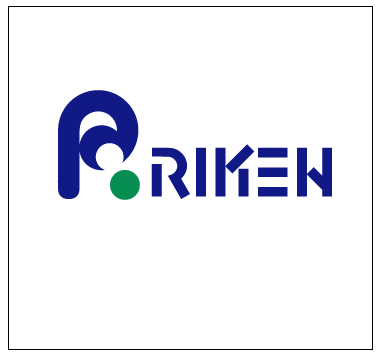- Enhances the activity of Neprilysin, an Aβ-degrading enzyme

Riken (Rikagaku Kenkyujo), the Institute of Physical and Chemical Research in Japan, announced on December 1st that the researchers at the Center for Brain Science (CBS) have discovered that the α-endosulfine (ENSA) protein is involved in the development of Alzheimer’s disease (AD).
Their study with AD mice models showed that the inhibition of this protein reduced the pathology and memory impairment. Therapeutics that can block the activity of ENSA could be more effective and cheaper than those currently available. The study was published in the journal ‘Molecular Psychiatry’.
The accumulation of amyloid β peptide (Aβ) is the pathologic hallmark of AD. For many years, researchers have been exploring to determine how this happens. Takaomi Saido and his team of RIKEN CBS have developed the mouse model of the disease that shows Aβ accumulation and memory deficits similar to what is observed in human AD. Using this model, they have already discovered that the level of neprilysin (a major Aβ-degrading enzyme) is reduced, which is caused by the decreased activities of somatostatin (a neuropeptide, also known as a somatotropin-release inhibiting hormone).
The new study focused on treating AD in mice by investigating how somatostatin controls the level of neprilysin in the brain. According to the first author Naoto Watamura, “the first step in this process was actually the most difficult because we had to develop an in vitro system that could screen for neprilysin regulators in a conditioned medium generated by hippocampal neurons.” Once they achieved this, they were able to identify ENSA as the regulator.
ENSA is an endogenous ligand of the ATP-sensitive potassium (KATP) channel and acts as a negative regulator of neprilysin which is downstream of the somatostatin signaling pathway. In turn, neprilysin contributes to the degradation of ENSA, forming a substrate-dependent feedback loop.
The level of ENSA was abnormally high in the brain of mice lacking somatostatin, resulting in the reduced activity of neprilysin. This implies that somatostatin constrains ENSA, which in turn maintains the level of neprilysin high, allowing Aβ to be degraded before its accumulation.
The researchers found that ENSA blocks a potassium channel in the hippocampus. Watamura says “We reasoned that helping the channel stay open would combat the excess ENSA that we observed in AD.” To prove this hypothesis, they treated the model mice with diazoxide, a drug used for the management of hypertension and hypoglycemia, activates the KATP channel and neprilysin. They found that the untreated AD mice exhibited poor memory, while the diazoxide treated mice performed well as the normal mice did. Diazoxide rescued the AD mice from the memory impairment and Aβ plaques via the activation of neprilysin.
“Our findings point directly to a potential way of preventing and treating Alzheimer’s disease,” said Watamura. “On top of that, compared with Aβ-targeting immunotherapy, such as the drug aducanumab, which was recently approved by the FDA, synthetic agonists for the KATP channel are less expensive and would be more acceptable to aging societies around the world.” Watamura added.
Source:
Potential new treatment for Alzheimer’s disease would be relatively cheap
Journal Reference
Watamura, N., Kakiya, N., Nilsson, P. et al. Somatostatin-evoked Aβ catabolism in the brain: Mechanistic involvement of α-endosulfine-KATP channel pathway. Mol Psychiatry (2021).
https://doi.org/10.1038/s41380-021-01368-8


